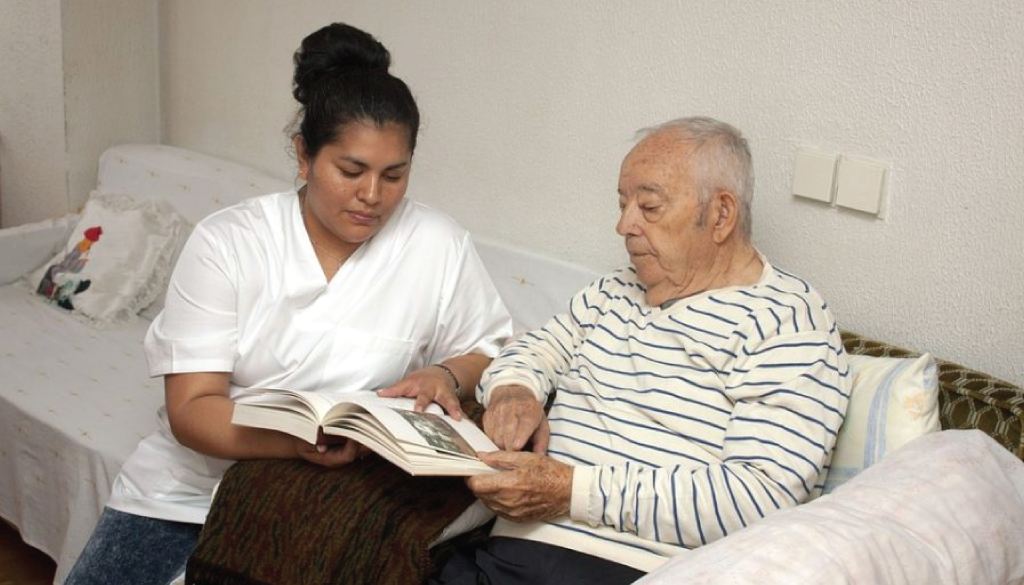Exploring the unintended consequences of the B.C. government’s home support transition
Last month, BC Care Providers Association (BCCPA) was disappointed to learn through a media report about the B.C. government’s plan to expropriate over 4,000 community health workers and move them into health authority positions. Notwithstanding the absence of consultation between government and the largest industry representative of the non-government home care sector, without a formally announced transition plan we can determine no benefit for seniors, and see a high potential for job losses.
Ultimately, the most important consideration during this “transition” from contracted employers to health authority positions is the need to maintain high-quality care for seniors during and after the process. While the three health authorities overseeing the changes (Island Health, Fraser Health and Vancouver Coastal Health) have committed to maintaining a high level of care and continuity,[i] without a comprehensive transition plan it is unclear how the government can guarantee that seniors will keep getting the same services from the same home support provider they currently rely upon.
Among the most significant challenges lying ahead through the transition is the potential reduction in workforce capacity. This comes at a time where worker shortages have already hit a crisis point within the continuing care sector.
What many people in the home care sector know is that with too few workers to meet the overall demand for seniors’ care, a high number of home support workers are currently employed by multiple agencies. Many of these workers currently enhance their incomes through overtime hours that these agencies provide.
BCCPA estimates that transitioning 4,000 workers to one employer per region could reduce the capacity of the workforce by approximately 25 percent. A loss of workforce capacity on this scale will inevitably result in missed appointments, and service reductions for seniors.
The reality of bumping
All of the employees affected by the transition to the health authorities are unionized, and will continue to be so. Those familiar with unionized work environments will understand the concept of “bumping.” Bumping is the right of an employee with greater seniority to replace another in a particular job assignment, provided both employees are qualified.
Unfortunately, bumping brings the potential for service disruptions during the forthcoming transition between employers.
While most often referenced in relations to lay-offs, bumping also has the potential to impact care delivery by affecting worker schedules. Throughout the home support transition, senior employees within each region will have the right to bump junior employees in order to receive preferred shifts.
This process could create a bumping chain reaction all the way down the seniority list. With notice periods of up to eight weeks for each displaced position, a bumping process of this size and scale may take well over a year to finalize.
The true extent of the home support transition disruption will likely not be fully understood until the seniority lists from different employers and unions are ultimately merged. This process, which can be laborious at the best of time, may be further complicated by the number of employers and unions involved, as well as by lack of leadership.
Had the government consulted its sector partners in advance, or taken a more phased approach instead of doing it all at once, some of these potential disruptions could have been identified and better dealt with.
Currently, the approach to the transition seems disjointed, with at least one regional health authority handing over the responsibility to the contracted care provider to develop their transition plan in isolation. The lack of a harmonized approach to developing transition plans may further contribute to disruptions in care.
How might a poorly executed transition affect home support for seniors?
Consider the case of “Mrs. Park,” a fictional 86-year old widower who resides in Vancouver.
Mrs. Park experiences mild dementia. She receives assistance each week with bathing and dressing from a team of three home support workers—Grace, Julius, and Harmandeep.
Grace, whose primary employer is located in Burnaby, is transitioned to Fraser Health and can no longer be scheduled to visit Mrs. Park.
Julius and Harmandeep are transitioned to Vancouver Coastal Health (VCH), though Julius is bumped by a more senior employee within six weeks.
Harmandeep—who requires special accommodations for her bad back—struggles to accumulate enough hours as the Health Authority’s schedulers are not familiar with her specific circumstances. Rather than risk straining her back further, Harmandeep chooses to retire.
Within only a few months of the B.C. government’s home support transition plan, Mrs. Park’s regular care team has been completely replaced. While her new care team is dedicated to providing high-quality care, they are not personally familiar with Mrs. Park’s medical history and fail to notice when her dementia progresses, placing her health and well-being at risk.
The scenario above, while hypothetical, is not at all farfetched.
Is there a way to make sure seniors receive improved access to home support, and reduce the risk of service disruptions? Of course, but the B.C. government must choose to collaborate with its sector partners rather than exclude them, and most of all, talk to seniors first.
END NOTES
[i] Fraser Health. 2019. Strenghtening home support for people in the Fraser Valley and Lower Mainland. 03 13. Accessed 03 26, 2019.





